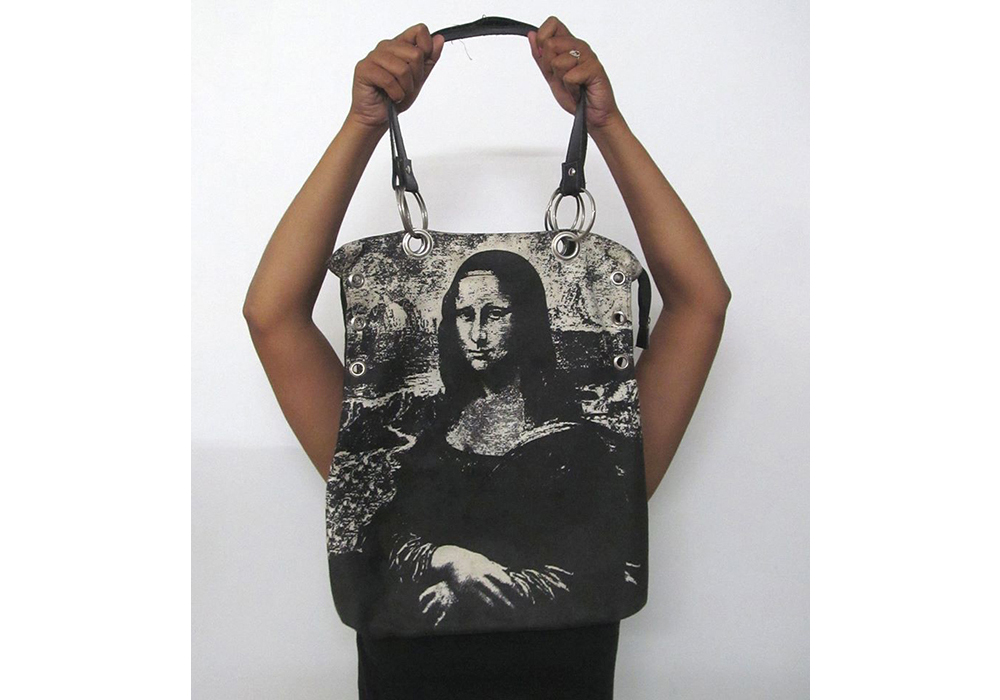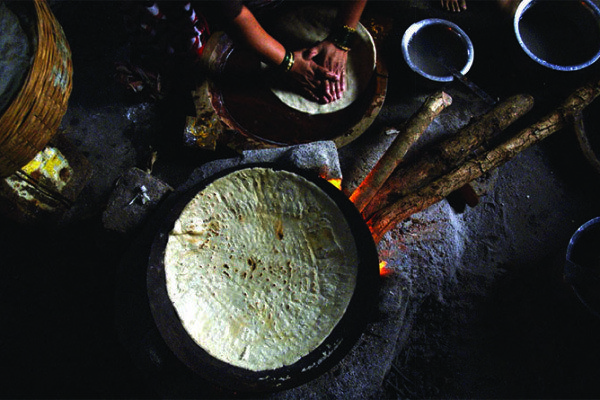The rise of social media is forcing performance artists to rethink core notions of ‘live’-ness and documentation, says Samudra Kajal Saikia.
Concerns around spectatorship in art and culture gained a new dimension with the growth of electronic media and with the appearance of the term ‘interactive’. Starting from a gadget-based interface, the concept of interactivity spread over spatial experiences as well as to process-based and community-based artistic engagements. ‘Performativity’, therefore, could be seen as an innate trait of social networking sites and their provocations.
The growing popularity of audio-visual platforms such as YouTube and Facebook stimulated many creative minds to explore diverged modes of communication. From prank videos, flash mobs to social experiments, communicative gestures of performance took place across the Web. Online platforms became inevitable for people working in multiple streams.
Performance art has had to adapt to these new modes of expression, which raise various existential questions. The videos and photographs across the Web, after all, are mere re-representations of something already represented somewhere, sometime, in some manner. Social networking beyond mere communicability has something to do with representations. Yes, it is effortless to state that a photograph or video cannot do justice to a performance, but blaming social media is of no help. I wish to take a philosophical turn where we can discuss other aspects and look at documentation in a larger sense.
“Documentation is something which walks along with the action(s) that occur in ‘the present’ of a performance art piece,” says Inder Salim, a practitioner known for the corporeality of his performances. “We are residues of our own behaviour and thought processes at every moment of time.”
A number of performance artists have tried to keep themselves closer to the ‘live’-ness of performance as body-art: by keeping the stretched body as a measure of work, by reinstating the vulnerability of the socially and culturally inscribed body, and at the end of it all, putting much attention into the act and the dialogue instead of the mise en scene. At the same time, there is a considerable amount of effort seen in the country where artists are engaged in the scopophilia, the media-intervened ‘live’ and “document-turned-into origin” sort of practices.
“Documentation is something which walks along with the action(s) that occur in ‘the present’ of a performance art piece,” says Inder Salim, a practitioner known for the corporeality of his performances. “We are residues of our own behaviour and thought processes at every moment of time.” We can see an inclination towards opening up the meanings of documentation from its regular sense. It is not only a work of art that becomes a document; a document also becomes a work of art.
Rebecca Schneider expands the senses of documentation and the ‘media double’ in her article ‘Cut, Click, Shudder: The Document Performance’. “Supposedly, a photograph is always already a record, as it appears to survive something that can be called the ‘live’ event; standing in as a trace or document of something that ‘was there’ but ‘is’ no longer. Does this way of thinking about photography limit our access to a photograph as event—as a performance of duration—taking place ‘live’ in an ongoing scene of circulation, re-circulation, encounter, re-encounter, and collaborative exchanges with viewers, reviewers, re-enactors, re-performers, re-photographers?”
“Why can a performance,” she continues, “not take place as a photograph? We are habituated, for example, to thinking of the ‘present’ as singular, unfolding a linear temporality that is, to my mind, problematic.”
Amitesh Grover, a contemporary artist and assistant professor at the National School of Drama, argues for a parallel sense of reality set by the digital world in contemporary times, which might alter the notion of ‘live’ or ‘live-ness’ that we have perceived so far. “The phenomenology of body has gone through a significant change,” he says. “Technology has come and completely displaced the sense of ‘live’-ness for us. And this divorce in spatial dynamics has completely changed the way we look at the live body. This kind of a live-ness is asking us why it is important to be physically present and be live. Why is it still important to do a performance where the performer is physically present?”
Schneider similarly problematises the ‘live’: “…recently, I have been engaged in trying to un-think some of our long-sedimented distinctions between medial forms (such as between performance and photography) as I have been suspect of the category of the ‘live’, to the degree that it pretends to delimit a present moment to instantaneity. I have also been suspect of the habit of the category of the ‘live’ to reify a supposed antithesis: very often posited as the object, the remains, the trace, or death.”
“Technology has come and completely displaced the sense of ‘live’-ness for us. And this divorce in spatial dynamics has completely changed the way we look at the live body. This kind of a live-ness is asking us why it is important to be physically present and be live. Why is it still important to do a performance where the performer is physically present?”
“Considering the importance of social media in our lives, our virtual identity, like on Facebook, has become equally significant to the real one,” Pune-based art historian and practioner Rucha Kulkarni wrote in a Facebook post announcing the launch of Hyperreal.Ident.ity, a social-media-based community art project, last September. “The idea is to reevaluate the importance of our virtual identity and give few minutes to ourselves to know what are our actual-real LIKES!!!” Users were asked to take a selfie with an object that is close to their heart, but the photograph was supposed to be taken in a way that the object will partially or completely hide their face. “I feel the selfie trend is itself like a glorified narcissism,” she says. “With the new technological advances it is very much possible and easy to see our own image and through social media it has become easier to exhibit it to the world.”
This was an attempt to realise and recognise the coexistence of both our identities—the virtual and the real. At the same time, this activity helped in understanding the multi-faceted existence of the people around us.



